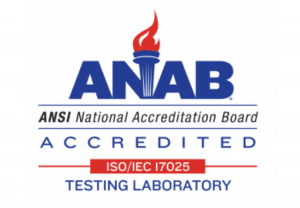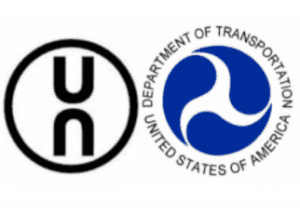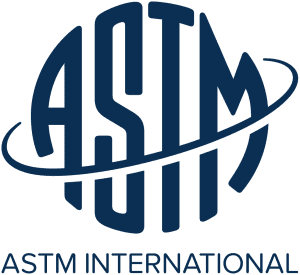Testing Standard:
TAPPI T807 Bursting Strength of Linerboard ie. TAPPI T807 Burst Test of Linerboard
Standard Number
TAPPI T807
Standard Title
Bursting Strength of Linerboard, Test Method
Overview for TAPPI T807 Burst Test of Linerboard:
TAPPI T807 Test Method details the procedure for obtaining the maximum bursting strength measurement of linerboard and paperboard materials with a minimum burst strength of 350 kPa (51 psi) and a minimum basis weight of 20 lbs./MSF (98 g/m2). This property is essential when evaluating the strength of linerboard paper for puncture resistance. The TAPPI T807 burst test is a standard method used to determine the strength of linerboard.
The test involves placing a piece of the linerboard between two metal plates, called the clamping ring and the diaphragm. The clamping ring is attached to the testing machine, while the diaphragm is attached to a hydraulic cylinder. The cylinder applies pressure to the diaphragm, which in turn exerts pressure on the linerboard sample. As the pressure on the sample increases, the diaphragm will eventually burst the sample, and the maximum pressure attained before the sample bursts is recorded. The burst strength of the linerboard is then calculated by dividing the maximum pressure by the area of the sample.
The TAPPI T807 standard provides a consistent procedure for measuring the burst strength of linerboard, ensuring that it meets the required standards for shipping and transportation. Purple Diamond Testing offers TAPPI T807 Bursting Strength of Linerboard as part of our packaging compliance and validation services.
Rationale for TAPPI T807 Burst Test of Linerboard:
TAPPI T807 – Bursting Strength of Linerboard. The TAPPI T807 test is a standard that outlines the bursting strength of linerboard materials. The test involves measuring the force required to rupture a specimen using a hydraulic pressure mechanism. The test measures the burst strength of a sheet of linerboard in pounds per square inch (PSI).
To perform the test, a sample of linerboard is cut and clamped in place over a rubber diaphragm using a round metal ring. Water is then introduced to the diaphragm at a controlled rate, causing the pressure to increase until the specimen ruptures. The pressure required to cause the rupture is recorded as the burst strength.
The T807 test is used to measure the quality of linerboard used in the manufacture of corrugated cardboard boxes. The test helps to gauge the ability of the linerboard to withstand the stresses of transportation, handling, and storage. It is also an important quality control test used by paper and packaging manufacturers to ensure consistent product quality. It is inexpensive and relatively easy to perform with results that simulate the strength characteristics of some end use requirements. This is achieved by securing the material between annular clamps and applying increasing pressure through a rubber disk until failure occurs. The maximum pressure up to material rupture is recorded as the bursting strength.
Key Points:
- Correlates directly to the thickness of the material
- Correlates to some end use requirements
- Verifies strength of material as stated by manufacturer
- Consider TAPPI T403 for paper weighing less than 20 lbs/MSF
- Consider TAPPI T810 for corrugated and solid fiberboard materials
Related Standards:
- ISO 2759 – Board – Determination of Bursting Strength
- TAPPI T403 – Bursting Strength of Paper
- TAPPI T810 – Bursting Strength of Corrugated and Solid Fiberboard
Request a Quote
"*" indicates required fields
Accreditations



Affiliations
Looking for a Packaging Partner?
Whether you’re looking for a team of experts to engineer your new packaging product for optimal sustainability, or seeking a team who can ensure your products stay safe and secure during transport, Purple Diamond can help.




